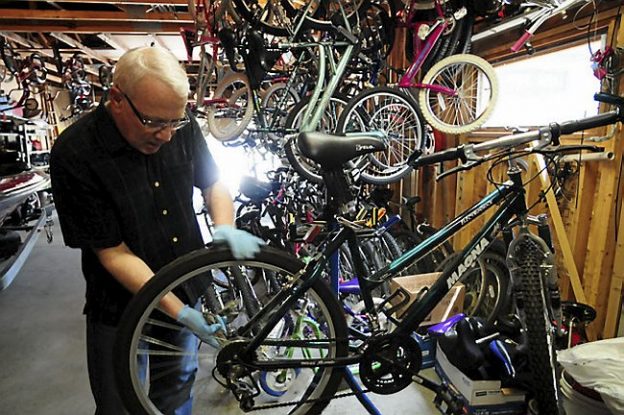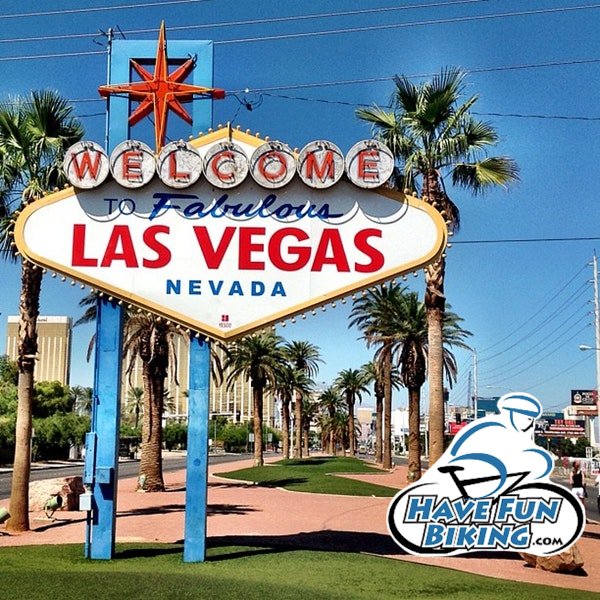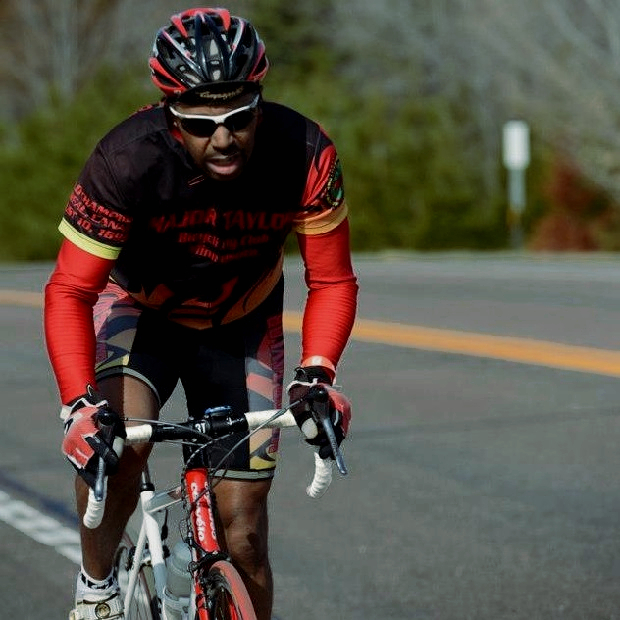Tag: road bikes
-

Need a Bike? Rick’s used bike sale benefits kids youth program
Are you looking for a gently used bike? If you are and you are in the south Twin City Metro on Saturday, June 18th, you may be in luck. For the fourteenth year, Rick’s annual used bike sale benefits a kid’s youth program and you can find a deal on a used bike. This year…
-

HaveFunBiking will share many new bike products from Interbike
Show season is at hand in the cycling industry and HaveFunBiking.com is on the show floor. We are excited to try the newest product and deliver to our readers the most curated list of great new products. On Monday September 18th , before dawn, we embark to Las Vegas to try countless bikes at Interbike’s Dirt…
-

Cycling Shoes: What Are The Differences and How To Make Sure They Fit
Cycling shoes can help you ride longer, faster and in greater comfort but only if you get ones that fit well. Read on to see what makes cycling shoes unique and how to find the right ones for you.
-

MinneCycle: Show Review and Why Buy a Custom Bike?
With hundreds of custom bike builders in the US, and hundreds more spread across globe, how do you pick the right builder? Start with shows like Minnecycle, and when possible and have a conversation.


